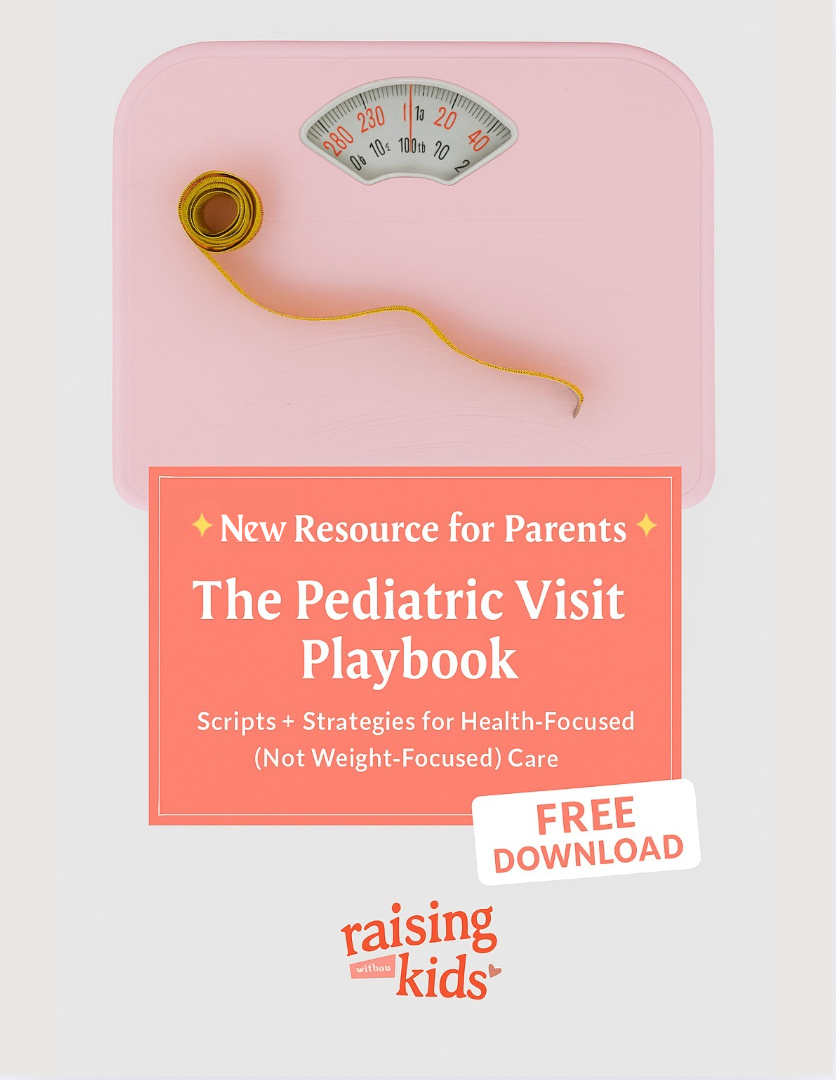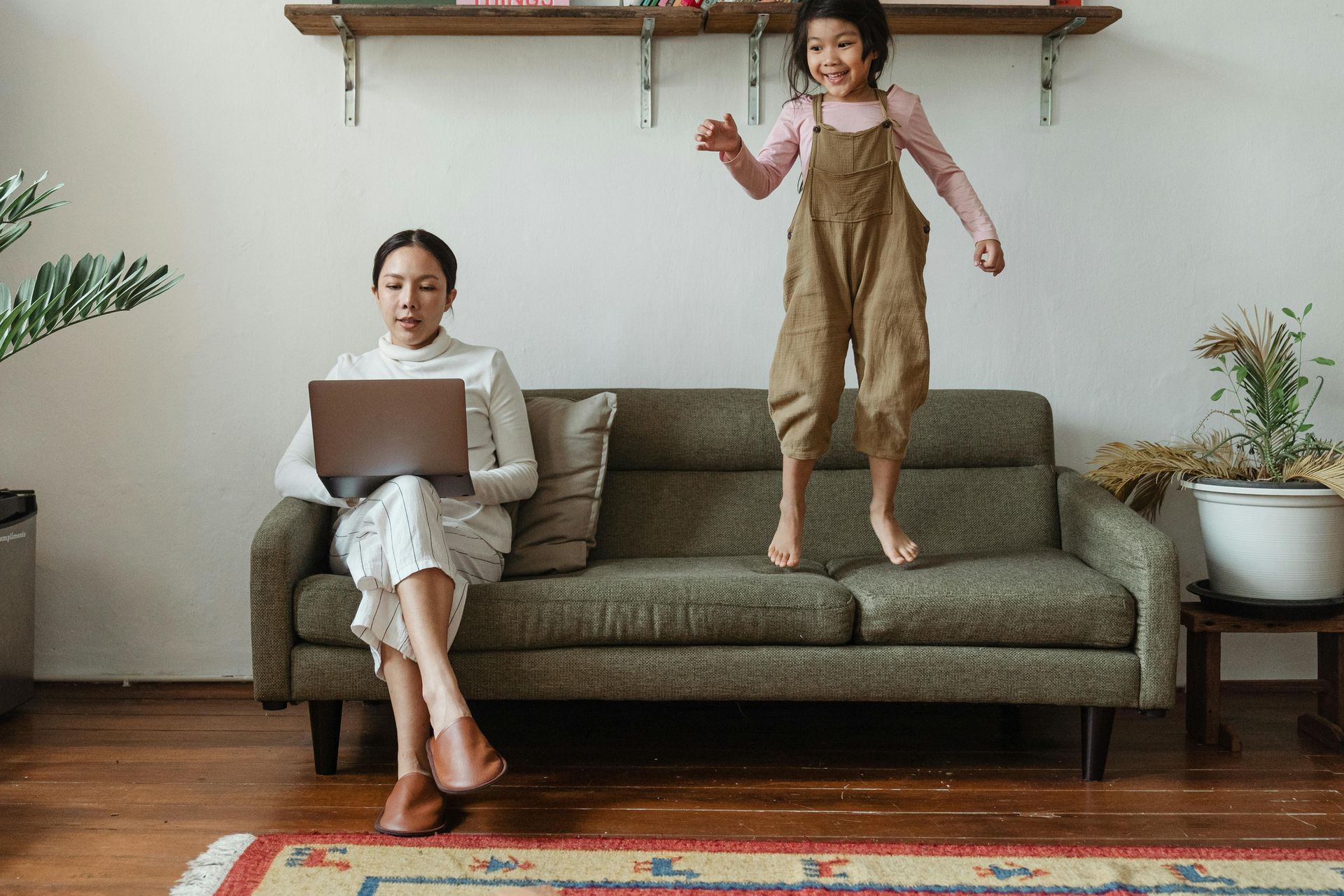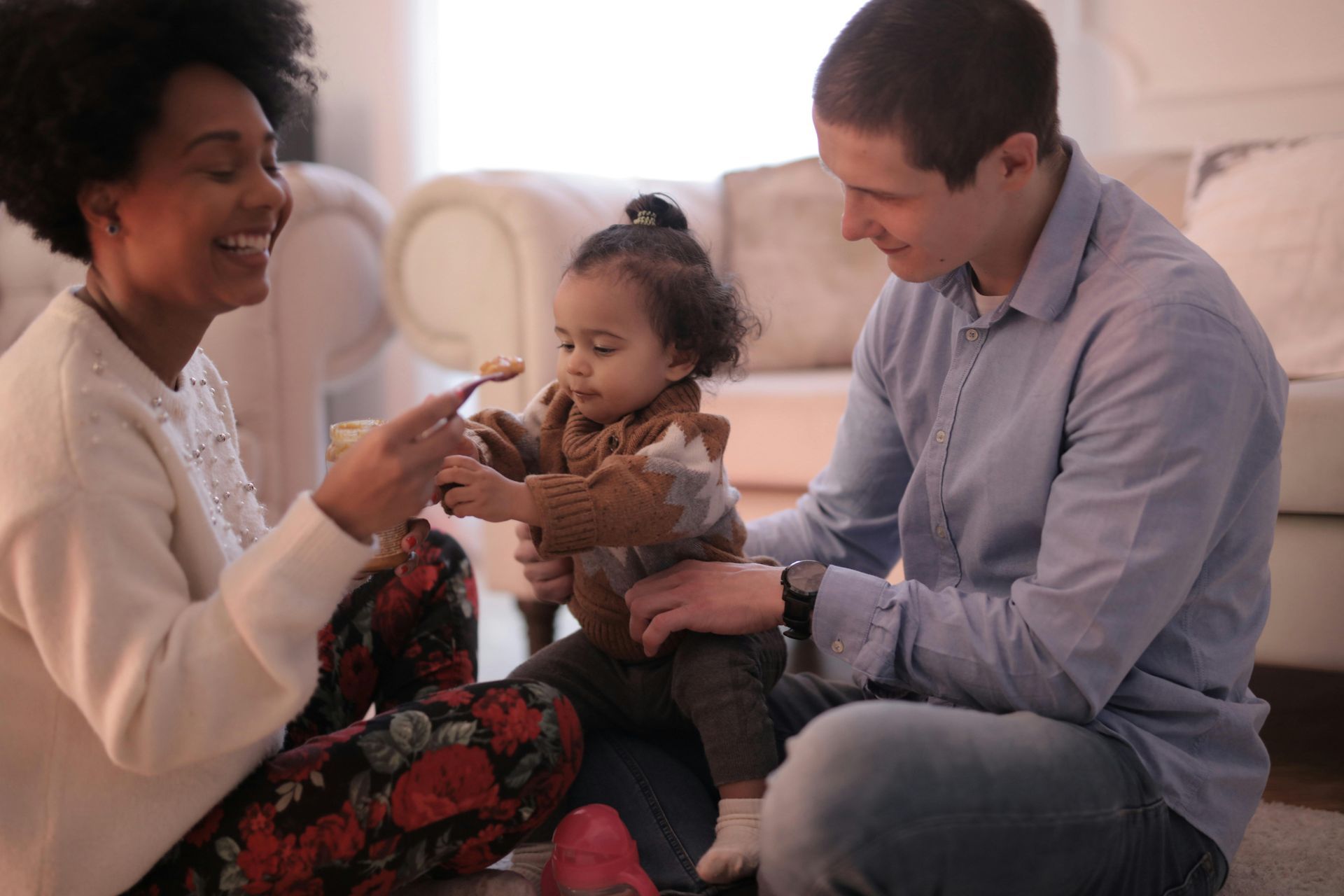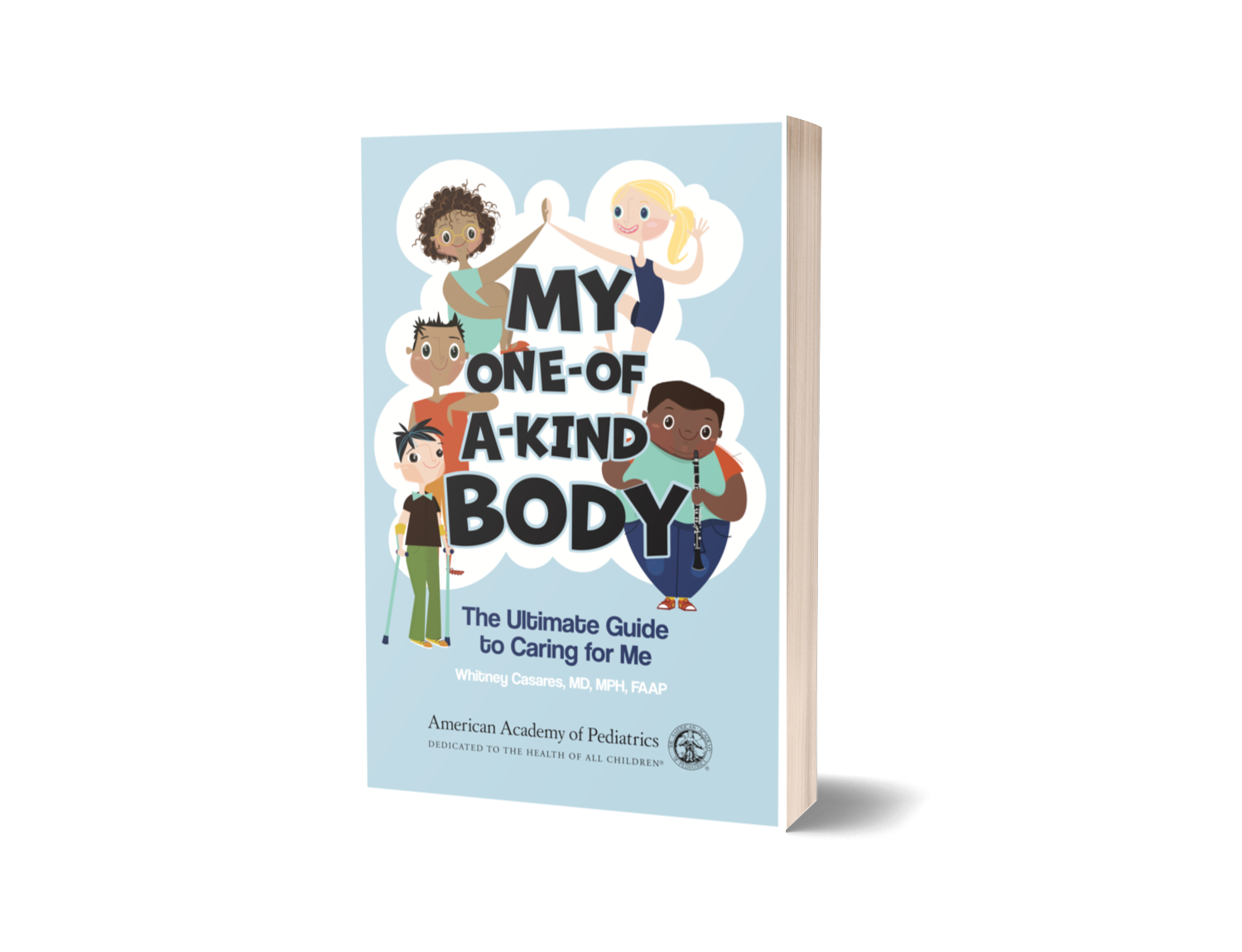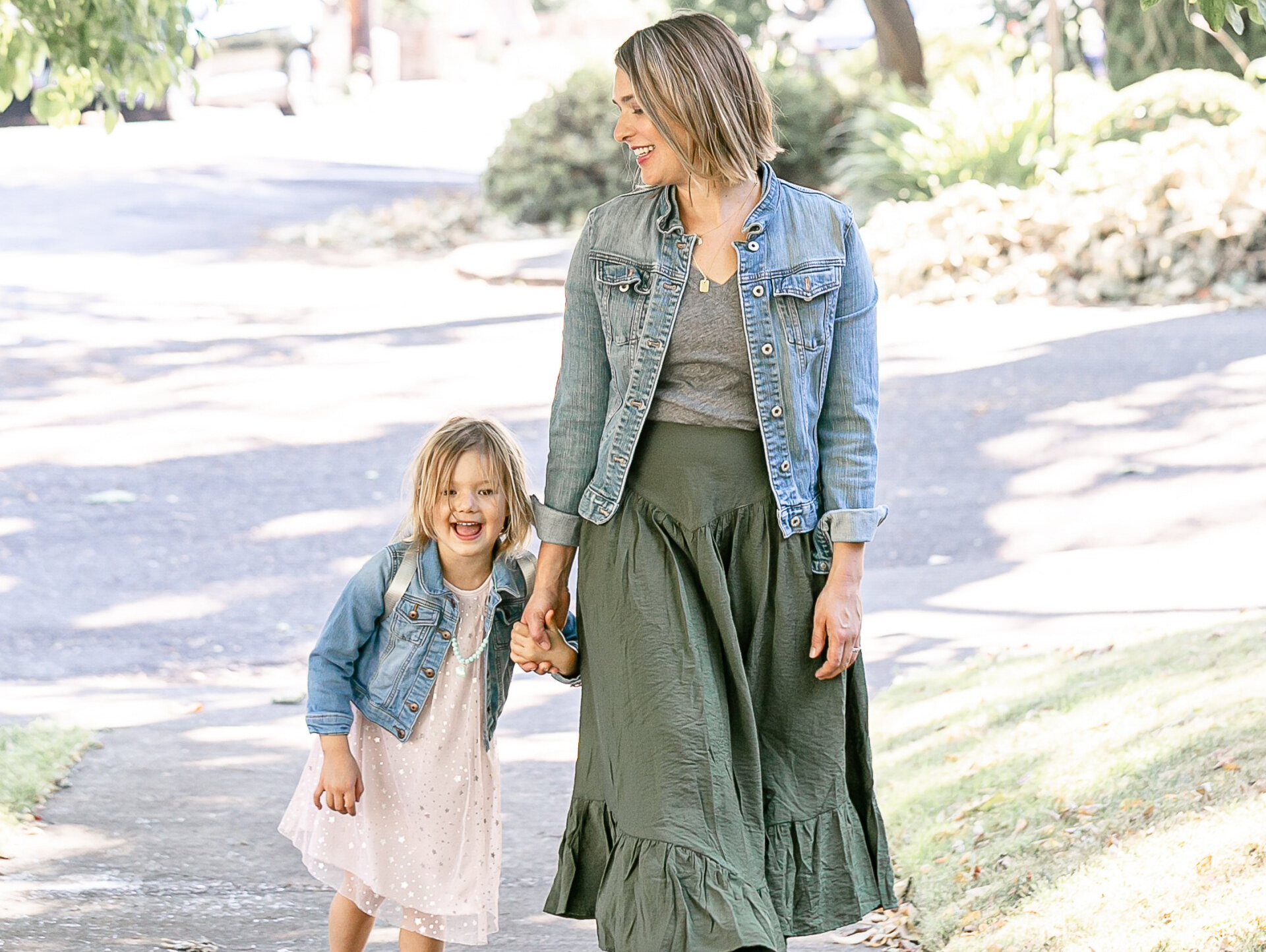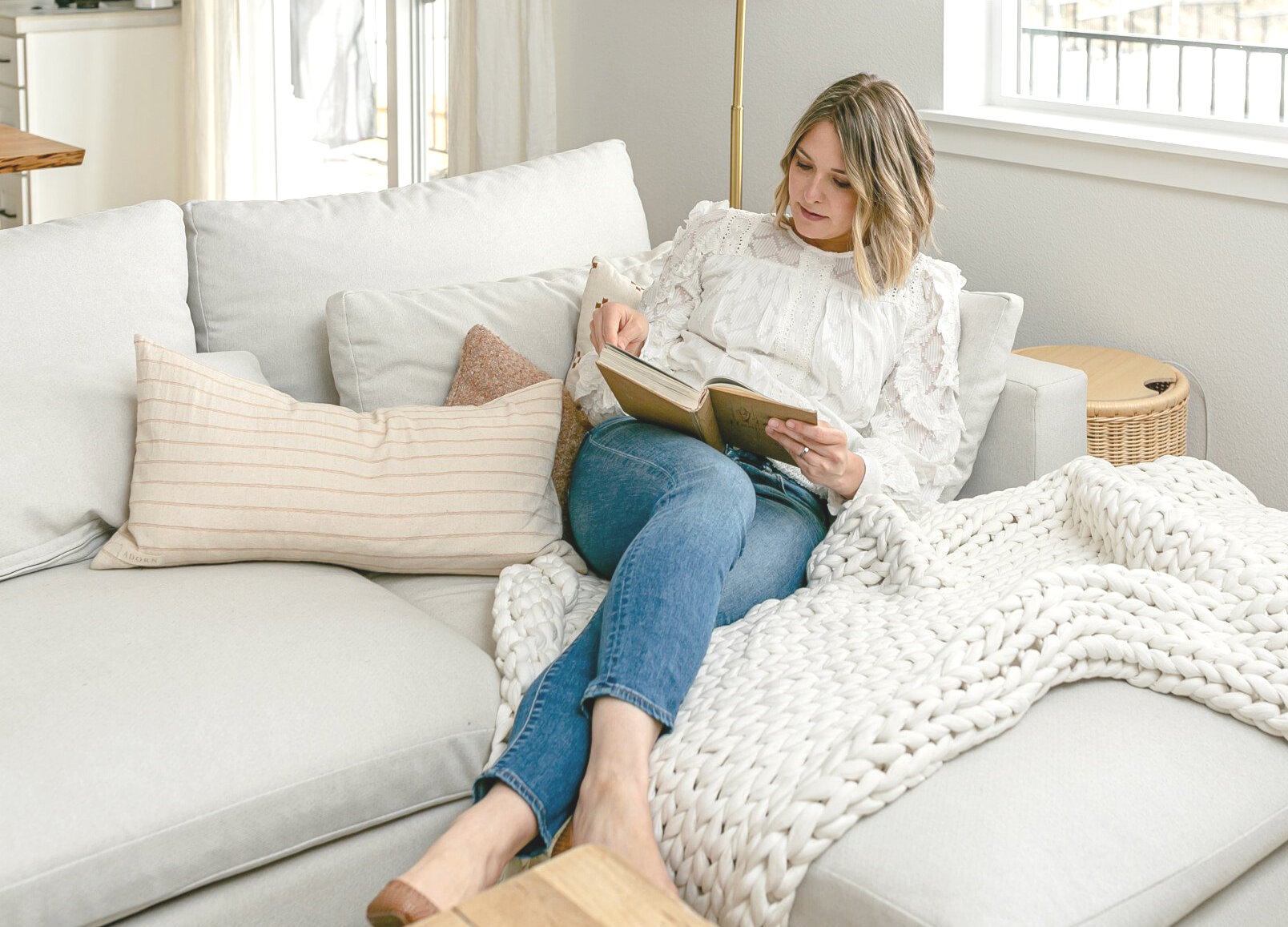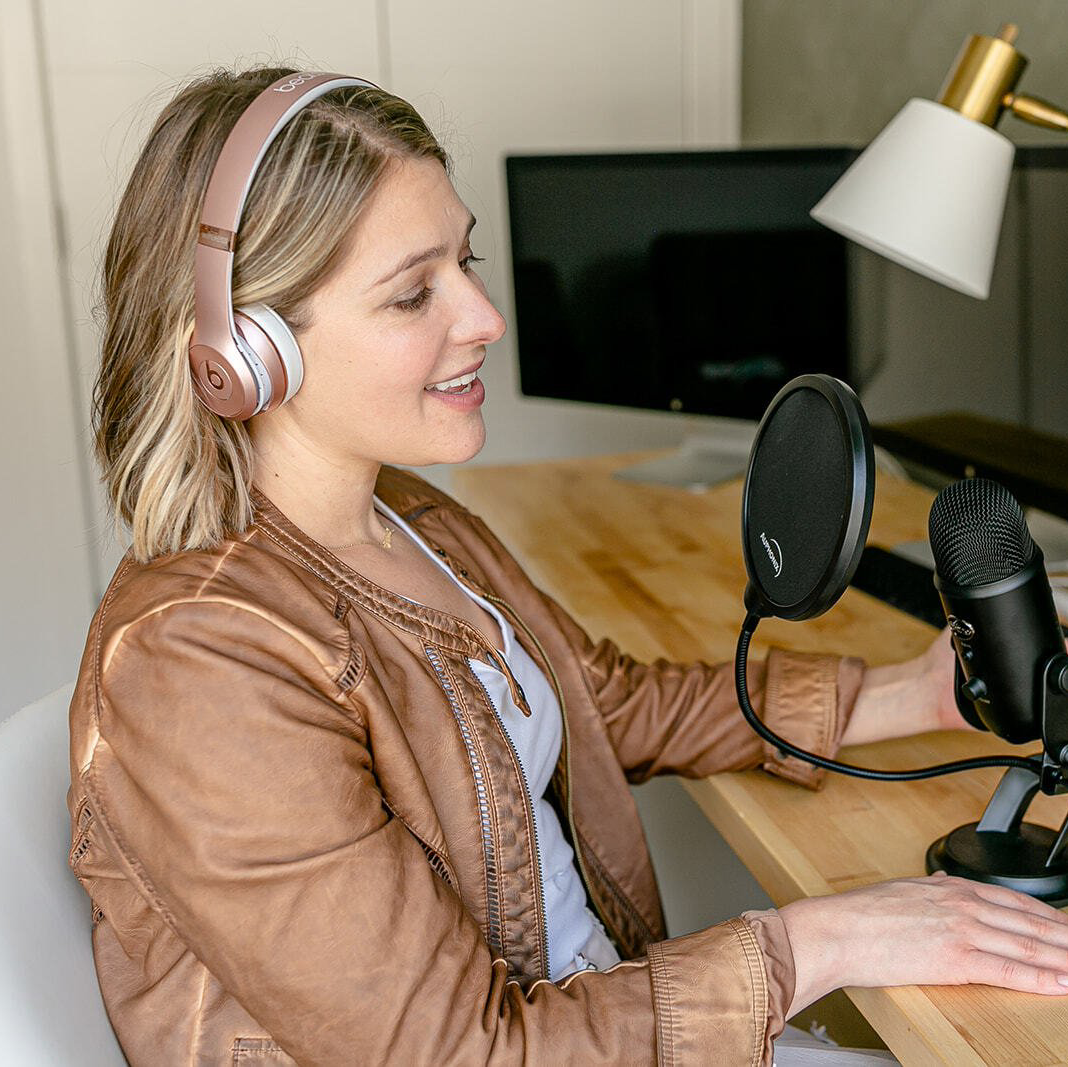Children are quick to learn, and a great way to continue their learning experience is by creating a space for them to practice everything they’ve learned. A learning corner at home is a great way to help children exercise their minds outside the traditional classroom setting. And by dedicating a space in your home for the sole purpose of learning, children can benefit from their surroundings. So whether you want to dedicate a space for learning at home in Dallas, TX, or are thinking of upgrading an existing learning corner in Vancouver, BC, here are some creative ways to create a learning corner at home for kids.
Customize your learning corner
As home staffing experts, we know the challenges of educating from home. To create a learning corner our advice would be to customize it so that it reflects your child’s interests and personality. Make a sign with your child’s name in the space, have an art table, along with educational games, books, and a custom activity sheet. Make sure to add in a corkboard to pin their artwork and crafts. Make it fun and have your little one help in designing the space! - J Danielle & Co
Organize the space to create more room
You can create an effective learning corner without cluttering your space. Take advantage of floating shelves and folding desks as great space saver options. - Major League Mommy
Separate the space from the rest of the room
When creating a learning corner for your child/children think of ways to make the space feel special and separate from the rest of the room. Use bright colored pom-pom or flagged garland and drape from ceiling, walls, etc. I love choosing a theme for a special corner and I always use fun wall decals to add a unique fun flair to the space - think dinosaurs, fairy princesses, pirates, etc. A great comfy child-sized chair and matching table to add a sense of ownership to the space is ideal for reading, STEM learning activities, arts and crafts, or relaxation. - Sugarplum Nannies
Place a shelf in the space to showcase the child’s work
Any corner of your home can be transformed into a cozy and creative learning nook for your child by adding a functional small space desk and chair, fun storage bins, a craft organizer cart, and a whiteboard, chalkboard, or magnet board. Consider including a special shelf that your child can decorate independently by displaying their arts and crafts. This unique space should be vibrant and bursting with color, filled with supplies (like pencils, paper, scissors, crayons, paint, chalk, markers, stickers, etc), stacked with books, and tons of creativity. - Celebration Day Studio
Don’t over decorate the learning corner
Our best tips to create a fun learning corner for a child would be to incorporate a few of their favorite things first like items with their favorite color. Make sure they can interact with the space by adding a small shelf to put some of their favorite things on or even a small desk to write and draw on. Also, add organization solutions with cube organizers or something similar that your child can easily keep the space tidy with. My biggest tip: don't "over decorate" by stuffing it with too many toys or items that become a distraction. In order to be a learning corner, the distractions need to be at a minimum. - Crafting with Kids
Designate a curiosity corner in the learning space
Work with your kids to design a curiosity corner in your home. Hang a board or large sheet of paper in the space. Keep a pad of post-its and markers close by to write down any questions you or your child asks throughout the day. Take photographs of things you are curious about, and post them on the wall. Go on weekend adventures to find the answers to the questions. - Dr. Cyndi Burnett, Director of Creativity and Education
Bring the outdoors inside
Have a nature box where interesting stones, feathers, shells, leaves, or anything else that catches your little one's attention whilst outdoors can be stashed for future crafty and learning fun. Also, consider that less is more when it comes to stimulating imagination and creativity. - Makerly Crafts
Add a whiteboard or bulletin board
Make the family learning corner shine by adding a small whiteboard or bulletin board. This will give everyone a spot to post excellent work, inspiring sayings, personalized decorations, and hard-won achievements. A display also makes it convenient to hang reminders and checklists to keep everyone on track with learning goals. - Sandy Fleming Online
Reduce overstimulation with natural elements
Having natural sunlight as your primary light source can help set a happy mood in the learning environment. I prefer natural materials for their workspace or use muted tones for their desks and chairs to reduce overstimulation in their perception. Proper posture is very important. Having adjustable chairs and desks that will grow with them would be ideal. - Chocoviv’s Lifestyle Blog
Create a comfortable environment
We believe learning starts with comfort. When your little one is comfortable, they can focus on learning and not fidget with belts, buttons, or zippers. MomMeAndMore leggings for girls are easy pull-on pants made with our signature dreamy soft fabric. They are not see-through, sewn with serged seams for durability, and fade resistant to last wash after wash. Shop limited edition leggings like unicorns, dogs, and horses. Guaranteed to please any little diva! Also available in matching mommy and me leggings. - MomMe & More
Find out what type of learner your child is
Creating intentional workspaces and workflow systems at home doesn’t have to be expensive and can work wonders to keep kids engaged and focused (hint: what works for you probably works for them). Have you ever asked yourself: is my child a visual, auditory or kinesthetic learner? e.g. If they are visual learners, consider placing a magnetic wall where they work and watch how their productivity transforms. - Space your Place
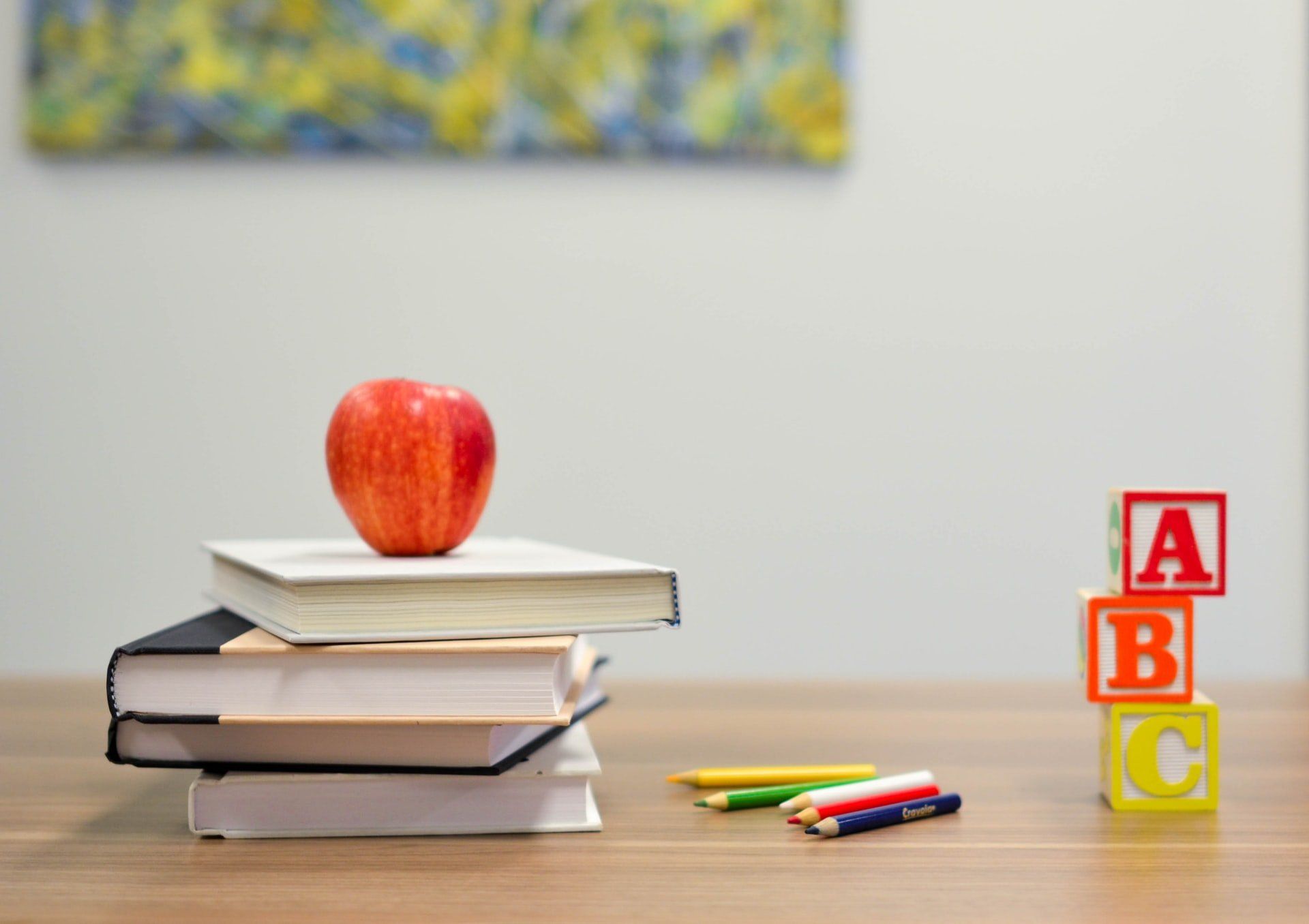
Photo courtesy of Art Adventure Box
Make sure the space is visually engaging
Learning should be fun, as should be the space in which we expect children to learn. So, it only makes sense that the space should be visually engaging. Spark children's creativity with lots of colorful art supplies in handy little buckets painted with your children's names or bucket contents. Making the space creatively fun is a win-win for families, it'll have kiddos super-duper excited for learning and parents doing the happy dance! - Art Adventure Box
Let your child decorate their learning space
Involve your child in decorating their learning space by letting him choose office supplies such as colorful file folders, pens, and scissors so he feels more excitement and ownership about where he works. To help your child focus when it’s school time, separate the space from the rest of the house visually with “Work Space” or “Learning Corner” signs to make a clear delineation between where more formal learning and play occur. Create similar visual cues for your office space if you’re working from home so your little one feels like she’s part of the action. - Modern Mommy Doc
Use an area in the home that is not being used
Find a space you're not using or not using well and give it a new purpose. You save money, and you already know that it fits the space and style of your home. - Dayna Dyer at This Yellow Farmhouse
Keep your child focused on their space
A great learning corner needs to be enticing, engaging, and convenient in order to compete with addictive "screens" like tablets and TV's. To create a truly great learning corner at home, first, pick a section of the home that your kid would feel comfortable in and naturally go to. This may not be their room. Then make it a space where they can easily focus - using short bookcases to create the feeling of "walls" or use decorative screened room dividers. Then stock it with everything they will need including bright-colored decorations like posters, books, pencils, paper, playdough, and even stuffies to create a cozy, fun, and inspiring space they will naturally migrate to and spend time in. - The Analytical Mommy
Create a minimalistic learning corner
Less is always more! Overwhelming the space overwhelms the child; keeping only a few open-ended toys on a shelf at kid-level will serve you both well. - Work it Mommy
Get creative with their learning space
Did you know your small space can encourage big, creative fun? Create a Craft + Play Nook, in your condo or townhome. Stock it with colorful supplies, viewable to your crafters, and watch their creativity soar. Get started:
- Space: Carve out a 6’x4’ corner in your main living area — about the size of a loveseat. Near a window is best, to create an inviting space.
- Table: Choose a craft table that is 36” x 24” or bigger. Add sturdy chairs, stools or poufs. This will accommodate 2 or more kids and adults. Butt the short side of the table up to the wall, to maximize floor space and seating area.
- Supply Shelving: Install 2-3 floating shelves above the table. Grab 6-8 clear, clean jars (those spaghetti sauce jars in the recycle bin are perfect.) Stock them with colorful basics like Crayons, pompoms, paint, straws, popsicle sticks, string, Play Dough, scissors, etc.
- Crafts: Choose simple crafts, mixing in foraged items from your kitchen or outdoors: potatoes to stamp, or rocks to paint, or egg cartons to sculpt.




